Schneider Optics iPro 2x Tele Lens – Expert Review
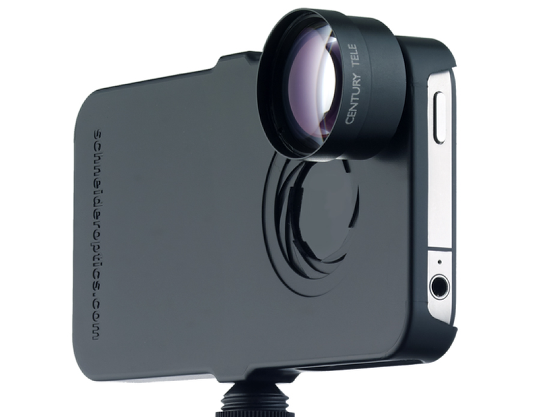
Schneider Optics is a name that will likely be familiar to most professional photographers and enthusiasts alike. They’re the US subsidiary of Schneider-Kreuznach, the German optical company and makers of high-quality DSLR and large format photographic lenses, and are on a par with Carl Zeiss and Leica. Schneider-Kreuznach is also the manufacturer of the popular B+W Filter range.
At the beginning of the new millennium, Schneider Optics bought Century Precision Optics, a North Hollywood based manufacturer of film and video lens accessories. The company specializes in lens converters and mount adaptors for both consumer DV cameras and broadcast lenses and so it’s not really surprising that this brand name is used on the iPro Lens system but it is somewhat confusing to casually interchange the two brand names.
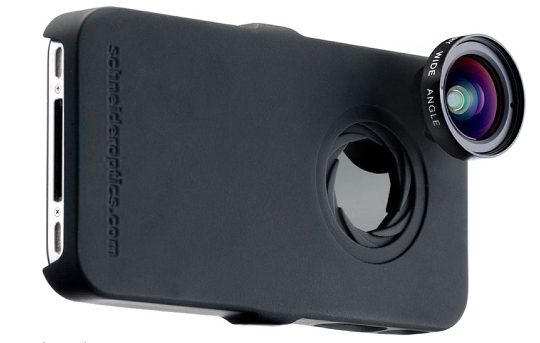
When announced at the beginning of the year, the original $199 iPro Lens system included a case for the iPhone 4 / 4S as well as two lenses; a wide-angle and fish-eye. The case is a lot more than a simple accessory, though, it’s an essential component of the system as it allows direct attachment of the lenses using a built-in bayonet mount.
Viewed against rival offerings what was missing from the set was a tele-converter and now with the introduction of this new $105 x2 Tele lens, Schneider now has pretty much a ‘complete’ system (though a macro lens will be introduced later in the year).
Like the two original lenses, the X2 Tele also requires the case before you can take photos with it. While this can be difficult to locate at a retailer, it can be bought separately from the Schneider Optics site for $31, bringing the total to $136.
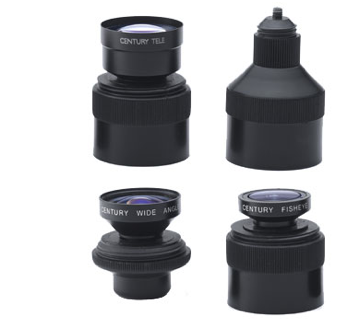
As well as providing the essential bayonet mount for the lens it also provides to attachment points for a handle. If you bought the iPro Lens system each lens was supplied in a hard case which when screwed together cleverly doubled as a holder for the two lenses. The handle/lens holder also has an integral 1/4-20 screw thread for a tripod.
The x2 Tele lens comes with its own holder segment, which fits together with the other two segments to form a longer handle but it can’t be used by itself. Be that as it may the x2 Tele lens comes with a lens cap and so may be left in position on the iPhone, not that that you would want to do that as it’s quite large and while not particularly heavy it’s noticeable when attached. In use, it doubles the effective focal length of the iPhone’s camera lens when used for stills and video, but as the iPhone crops in a little with the latter, the angle of view isn’t the same between them.
Unfortunately, the lens construction has been kept under wraps but the build is good; the outer barrel is made from metal, and the elements are coated and made from glass rather than plastic.
Image Quality
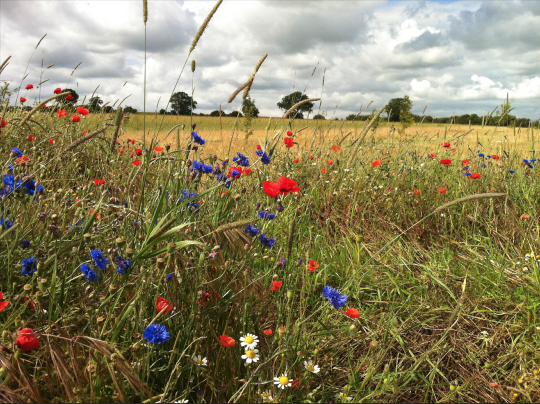
Wild Poppies, England, July 2012.
iPhone 4, 3.85mm f/2.8, ISO80 (uncropped)
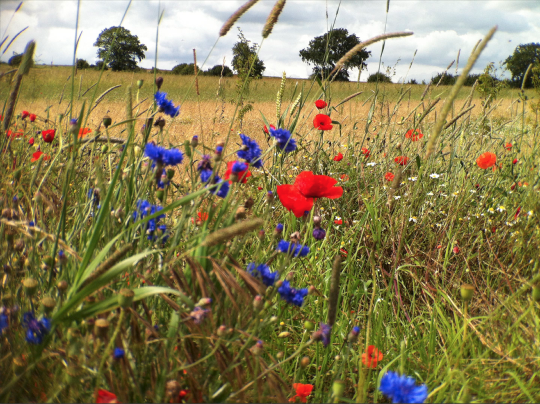
Wild Poppies (close-up), England, July 2012.
iPhone 4, 3.85mm (+ X2 Tele Lens) f/2.8, ISO80 (uncropped)
Notice the blurring down the left hand side. This is mostly due to misalignment of the iPhone lens (though likely within tolerance for Apple’s manufacturing). Central sharpness is excellent, however, blurring in the corners and at the edges of the frame on both sides means the X2 Tele Lens is not without some shortcomings.
Like most lenses the centre is sharper than the edges but by how much can be difficult to quantify. For that reason we thought we would put the X2 Tele lens through Imatest to see. You can’t adjust the aperture on the iPhone 4 and 4S, it’s fixed at f/2.8 so you can’t lessen the effects of certain aberrations by stopping down as you can with a regular lens.
With the X2 Tele lens in place the resolution in the centre is largely unaffected – you certainly wouldn’t notice any difference in real-world shots which is excellent but the resolution at the edges drops close to half when compared with the standard iPhone lens. This is made worse by chromatic aberration; both lateral and longitudinal are present to a degree though both can be removed in popular software solutions, including Apple Aperture and Adobe Lightroom.
All our sample images had noticeable lateral chromatic aberration on the left side, though we suspect this was due to some slight misalignment with our iPhone lens and so results will likely vary from handset-to-handset. Worse still, however, was the blurring in the extreme corners of our sample images, which, while not unexpected, was somewhat disappointing. Thankfully, this was not an issue with video clips as less of the sensor is used but the performance of a lens like this clearly depends on how it will be used. Given Century’s background, it’s unsurprising this lens appears optimized for video.
Summary
If you have the original iPro Lens system this new lens can be be used straight away but at just over $300 for the complete set it’s quite an investment. This drops to just $136 for the lens as reviewed (with the case) but it’s still a pricey option, considering the edge performance. Overall, we’re fans of the iPro Lens system but the extra workflow needed for stills with the X2 Tele Lens is a shortcoming of an otherwise very well implemented and attractive option for the iPhone.
More Information
Buy the iPro Lens system at the Schneider Optics site.

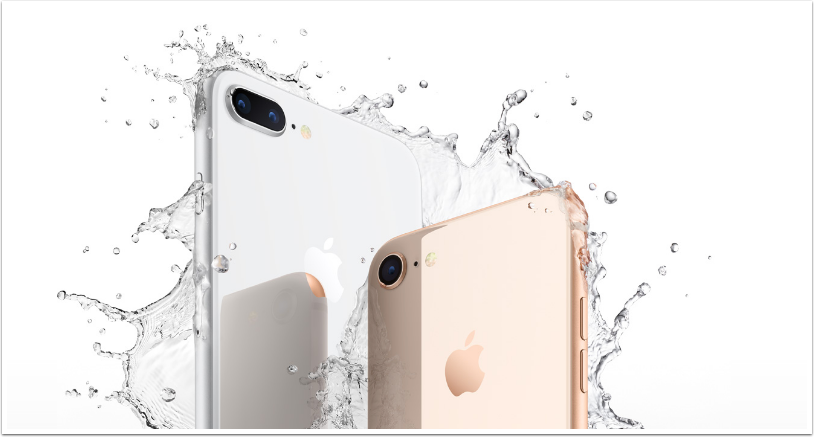
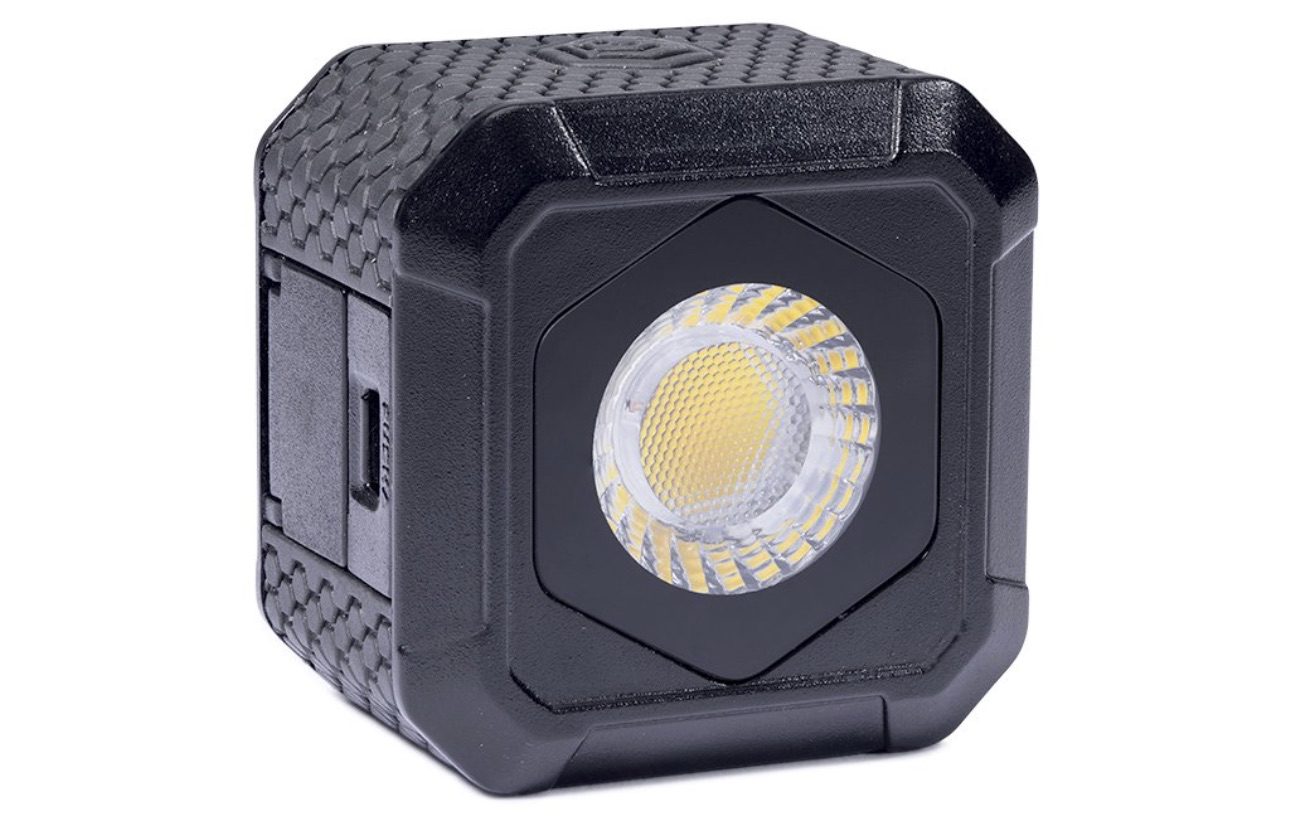
2 Comments
Egmont van Dyck
I appreciate this in-depth review greatly. I feel the many different manufactured lenses available or being developed will all have some kind of shortcoming due to the iPhone’s f-2.8 and already wide optics.
Recently having purchased the DIFFcase and their lens kit, I am very happy with the case, but disappointed with the lens system. The construction and especially the optical results on the wide angle lans have issues I can only hope will be addressed by their complete redesign.
The OliClip (which my son has) it too has issues with the optics but not too serious and as I compare to DIFFcase lenses, also I can only hope that developers will discontinue developing macro/wide combination and favor separate lens units. Unscrewing to get to the macro leaves the wide angle lens portion vulnerable to all sorts of mishaps.
Sorry for getting off the main subject matter and focus on the Schneider lens.
Joanne Carter
Egmont, thanks so much for your comment, it’s greatly appreciated. We too have the Diff case and lenses and they are being put through our studio for testing at the moment. I do know that Diff make adaptors, so you can use Schneider lenses with that system. We should have those shortly too and will see how they perform. So, stay tuned, lots of good content en route. J